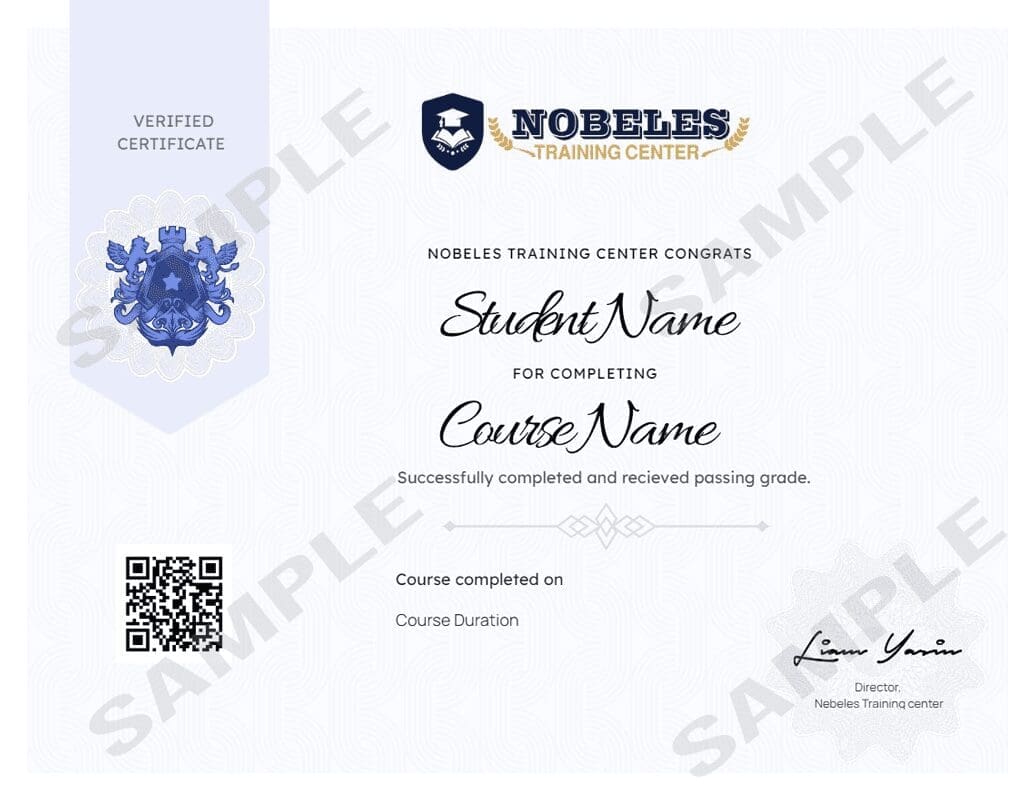Welcome to the Knowledge Management workshop. Today as culture thrives on knowledge. It is evident in the items we buy and in the activities we invest time in. Being knowledgeable offers an advantage when making decisions or implementing strategies. The Internet distributes knowledge at split-second rates. Laptops and smart phones bring knowledge to our fingertips. As the old adage goes, “knowledge is power.
Organizations have a wealth of knowledge accessible to them through employees, and through customers. Organizations that allow knowledge to go unmanaged may be giving their competitors the upper hand in the market. The organization that is able to capture, store, and retrieve knowledge effectively is then capable of learning as an organization. A learning organization is one where employees are empowered to change and develop new methods, thoughts, and strategies that will advance the mission of their organization.
Knowledge Management is the establishment of a system that captures knowledge purposefully; incorporating it into business strategies, policies, and practices at all levels of the company. This course will teach the learner how to initiate a knowledge management program at work. When it comes to knowledge management, any organization is able to implement a strategy. Wherever there are humans working together toward a common goal, there is knowledge to be harvested, stored, and dispensed as needed.
Curriculum
- 11 Sections
- 11 Lessons
- 8 Hours
- Understanding Knowledge ManagementUnderstanding knowledge management involves systematically capturing, sharing, and utilizing organizational knowledge. Effective knowledge management enhances decision-making, fosters innovation, and improves efficiency by ensuring valuable information is accessible and leveraged throughout the organization.1
- Dos and Don’tsDos and don’ts of knowledge management include: **Dos**: Encourage sharing, use technology effectively, document processes, and regularly update information. **Don’ts**: Avoid hoarding knowledge, neglect updates, ignore feedback, and rely solely on technology without human input.1
- The Knowledge Management Life CycleThe knowledge management life cycle involves creating new knowledge, capturing and storing it, sharing it within the organization, utilizing it for improved decision-making, and regularly reviewing and updating for relevance and accuracy.1
- The New Knowledge Management ParadigmThe new knowledge management paradigm emphasizes leveraging digital tools, fostering collaborative environments, and integrating real-time data analytics. It focuses on continuous learning, adaptability, and the dynamic exchange of information to drive innovation and efficiency.1
- Knowledge Management ModelsKnowledge management models include frameworks for capturing, sharing, and utilizing information. They often emphasize processes like knowledge creation, storage, and dissemination, aiming to improve organizational learning, decision-making, and overall efficiency.1
- Building a Knowledge Management RationaleBuilding a knowledge management rationale involves defining the strategic value of capturing and sharing knowledge. It includes demonstrating benefits such as improved decision-making, innovation, and efficiency, and aligning these with organizational goals and needs.1
- Customizing Knowledge Management DefinitionsCustomizing knowledge management definitions involves tailoring the concept to fit specific organizational contexts. This includes aligning definitions with company goals, industry needs, and unique challenges to ensure effective implementation and relevance in managing organizational knowledge.1
- Implementing Knowledge Management in Your OrganizationImplementing knowledge management in your organization involves assessing current knowledge processes, selecting appropriate tools, training employees, and establishing clear policies. Successful implementation ensures efficient knowledge sharing, enhances decision-making, and supports organizational growth.1
- Tips for SuccessFor successful knowledge management, engage leadership, foster collaboration, use appropriate technology, promote a knowledge-sharing culture, and regularly update knowledge assets. These steps enhance organizational learning and improve overall efficiency.1
- Advanced TopicsAdvanced knowledge management topics include knowledge graphs for data relationships, AI for discovery and automation, strategies for knowledge retention, and data analytics for insights and informed decision-making.1
- Post-TestPost-Test1
Nobles Certificate
Nobeles Academy
Mobile Application
Courses you might be interested in
-
0 Lessons
-
0 Lessons
-
0 Lessons
-
0 Lessons






